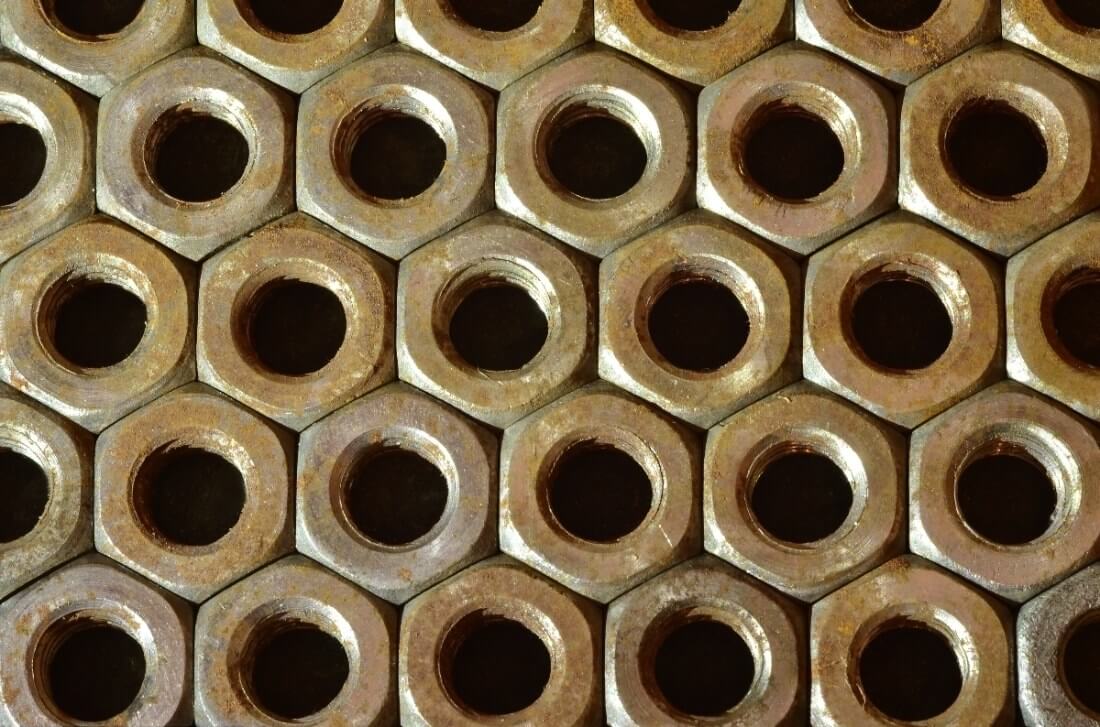The use of bimetallic objects is increasing and we are seeing bimetallic structures in everyday objects from currency to food and drink cans. But what exactly is bi-metal? And how is it recycled?
What is bi-metal?
A bimetallic object is something that is made form two different types of metal joined together. Unlike many objects, bimetallic items are not made from a mixture of metals, but consist of layers of different metals.
Bi-metal is used for a variety of different reasons. Sometimes cheaper metals are covered with a thin layer of a more expensive metal, so that the item looks expensive but has actually been made fairly cheaply. Others, tin cans for example, are made from steel that’s coated in a thin layer of a metal that won’t rust, to protect the steel from the elements.
What do we do with it?
When we receive bimetallic objects, we first have to separate the layered metals using a magnet. They are now ready to be recycled into household objects such as tin cans, car parts or even parts of an aeroplane.
Facts about bi-metal
- Coins are made from bi-metal to save costs. Often the copper coins that we use everyday are made from mostly zinc with a thin layer of copper over the top.
- This is also to prevent people from melting coins down for their metal.
- Blades for bandsaws and reciprocating saws are often made with bimetal construction.
- It is possible to join three and four separate metals together; this is called trimetal and tetrametal.
- The United States penny was changed from 95% copper to 95% zinc, with a thin copper plating so that it looked the same.










